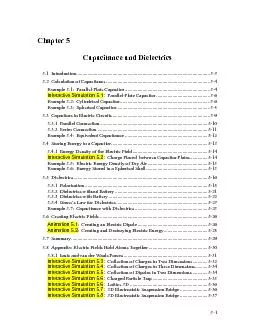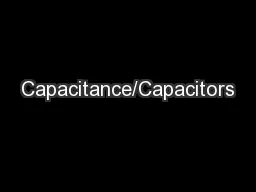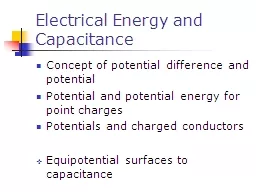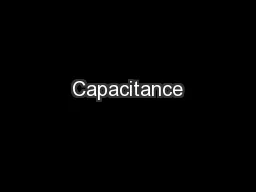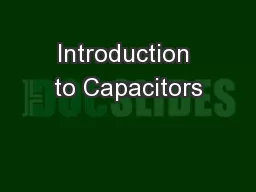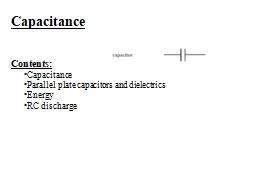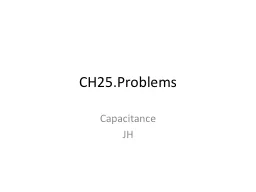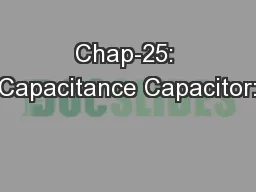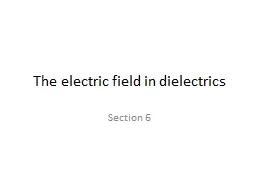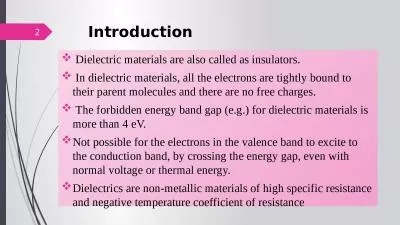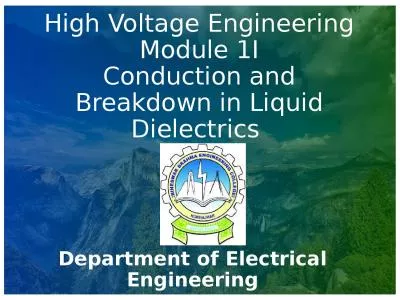PDF-Capacitance and Dielectrics
Author : karlyn-bohler | Published Date : 2016-03-14
51 Introduction A capacitor is a device which stores electric charge Capacitors vary in shape and size but the basic configuration is two conductors carrying equal
Presentation Embed Code
Download Presentation
Download Presentation The PPT/PDF document "Capacitance and Dielectrics" is the property of its rightful owner. Permission is granted to download and print the materials on this website for personal, non-commercial use only, and to display it on your personal computer provided you do not modify the materials and that you retain all copyright notices contained in the materials. By downloading content from our website, you accept the terms of this agreement.
Capacitance and Dielectrics: Transcript
Download Rules Of Document
"Capacitance and Dielectrics"The content belongs to its owner. You may download and print it for personal use, without modification, and keep all copyright notices. By downloading, you agree to these terms.
Related Documents

